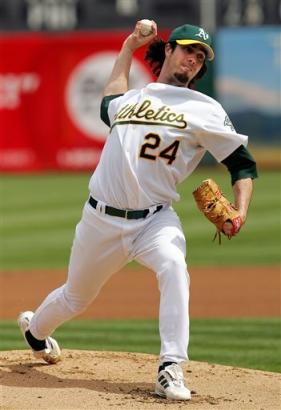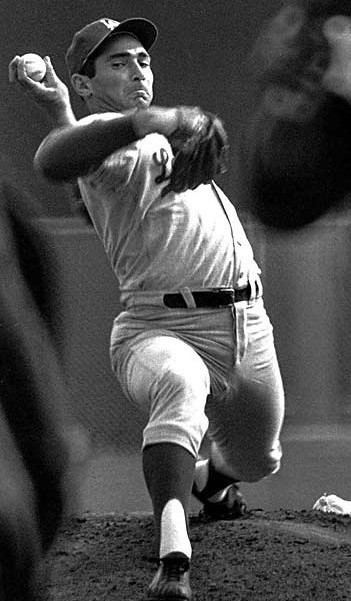quote:
Originally posted by RobV:
Study?? I don't need a study. I've done it in my basement. There may be some rotation of the torso, but only enough to reach back with the arm to throw, then to decelerate. I think that isolates the arm pretty well. No one throws a ball with their throwing shoulder pointed at the target. I could easily say "throw the ball with your hip or torso" then. How much velocity would that have?
Sorry, but there are a number of problems with your methodology.
First, when throwing at lower velocities, the internal rotation of the upper arm and the action of the Triceps play more role than they do at higher speed.
Second, people who "throw like a girl" point their pitching arm side shoulder at the target, which is one reason why they don't throw very hard. You're probably using your torso more than you realize.
Third, if you look at photos of high-level throwers, you will see that their hips rotate 45 to 75+ degrees ahead of their shoulders. This enables their hips to powerfully pull their shoulders around. You don't see this pattern, or see the opposite pattern of the shoulders rotating before the hips, in poor throwers.








